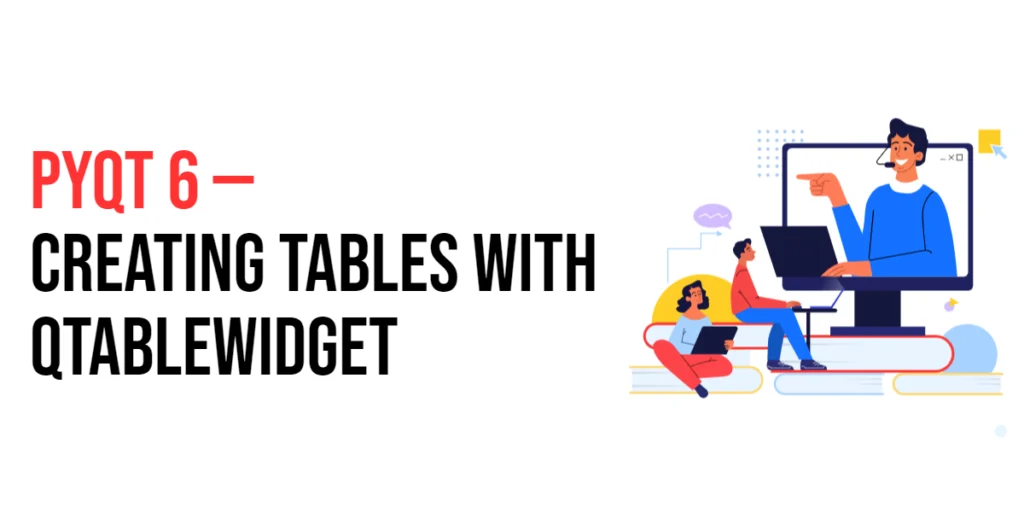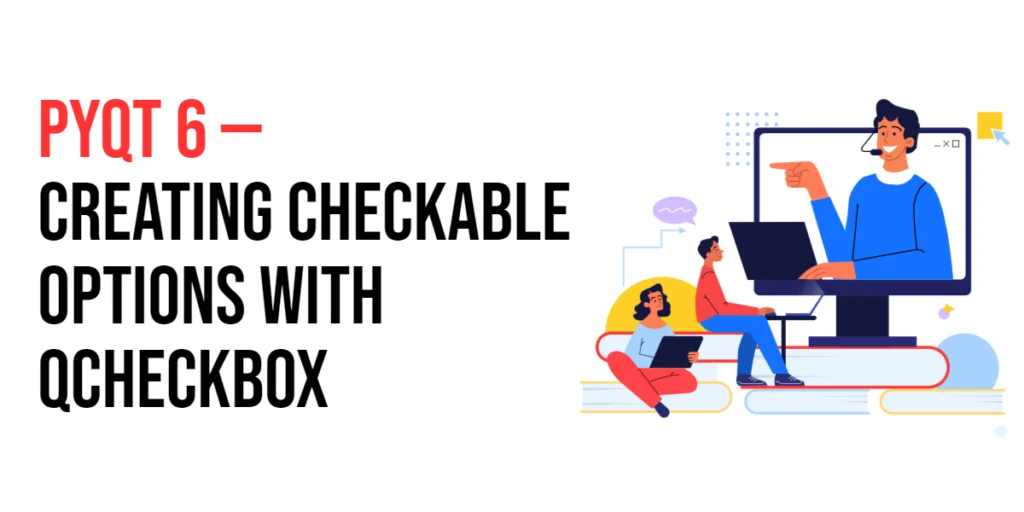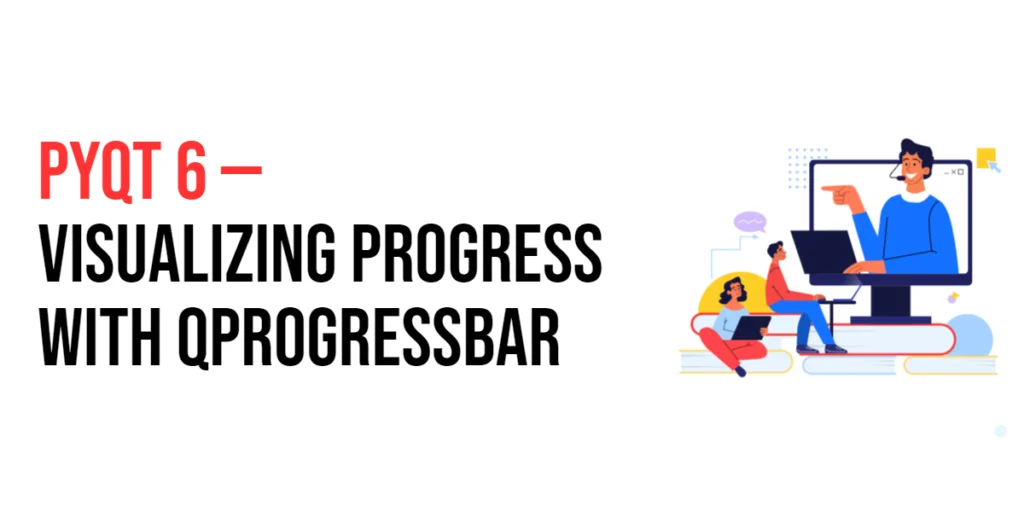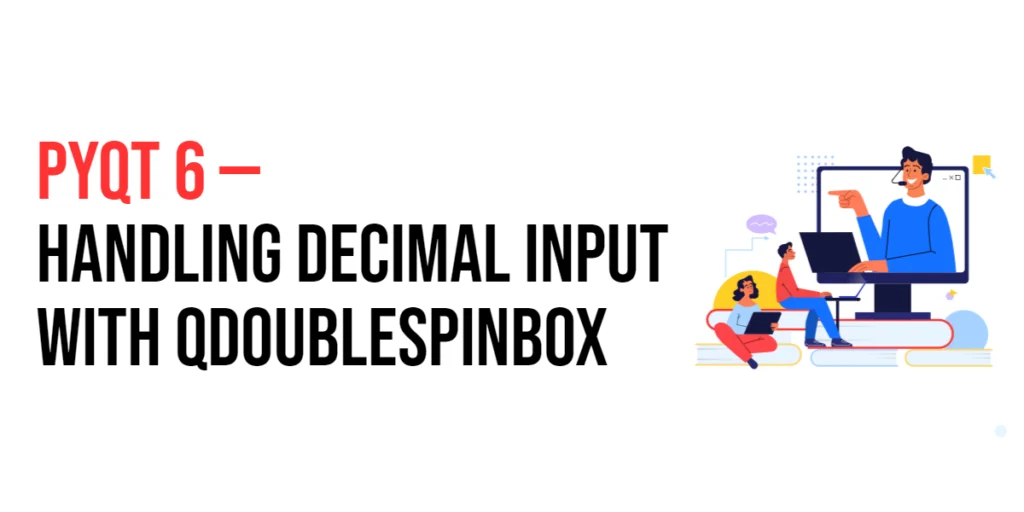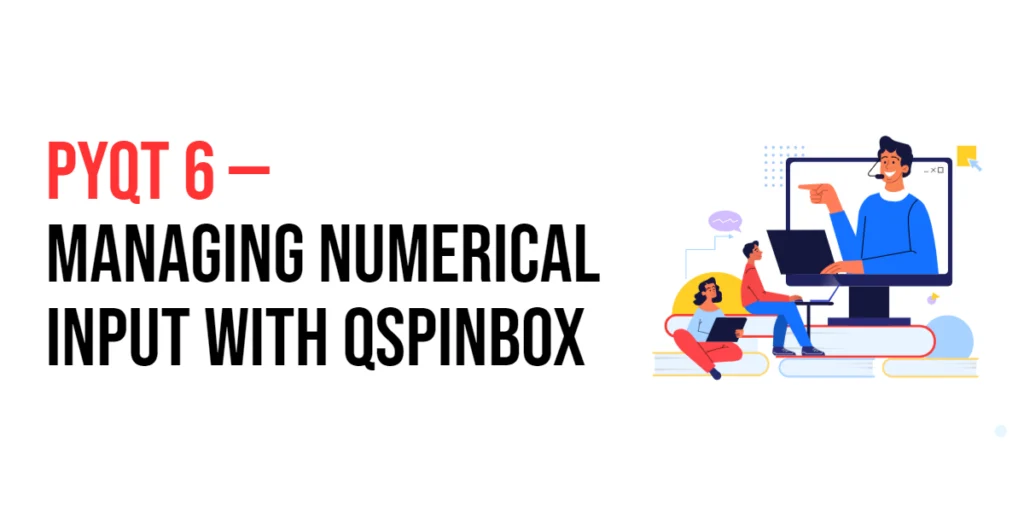PyQt6: Creating Tables with QTableWidget
Tables are essential components in many GUI applications, allowing users to organize, view, and interact with data efficiently. QTableWidget, a powerful widget in PyQt6, provides a flexible and easy-to-use interface for creating and managing tables within your applications. It supports various functionalities, including adding, removing, and customizing table cells, handling user interactions, and integrating with […]
PyQt6: Creating Tables with QTableWidget Read More »
